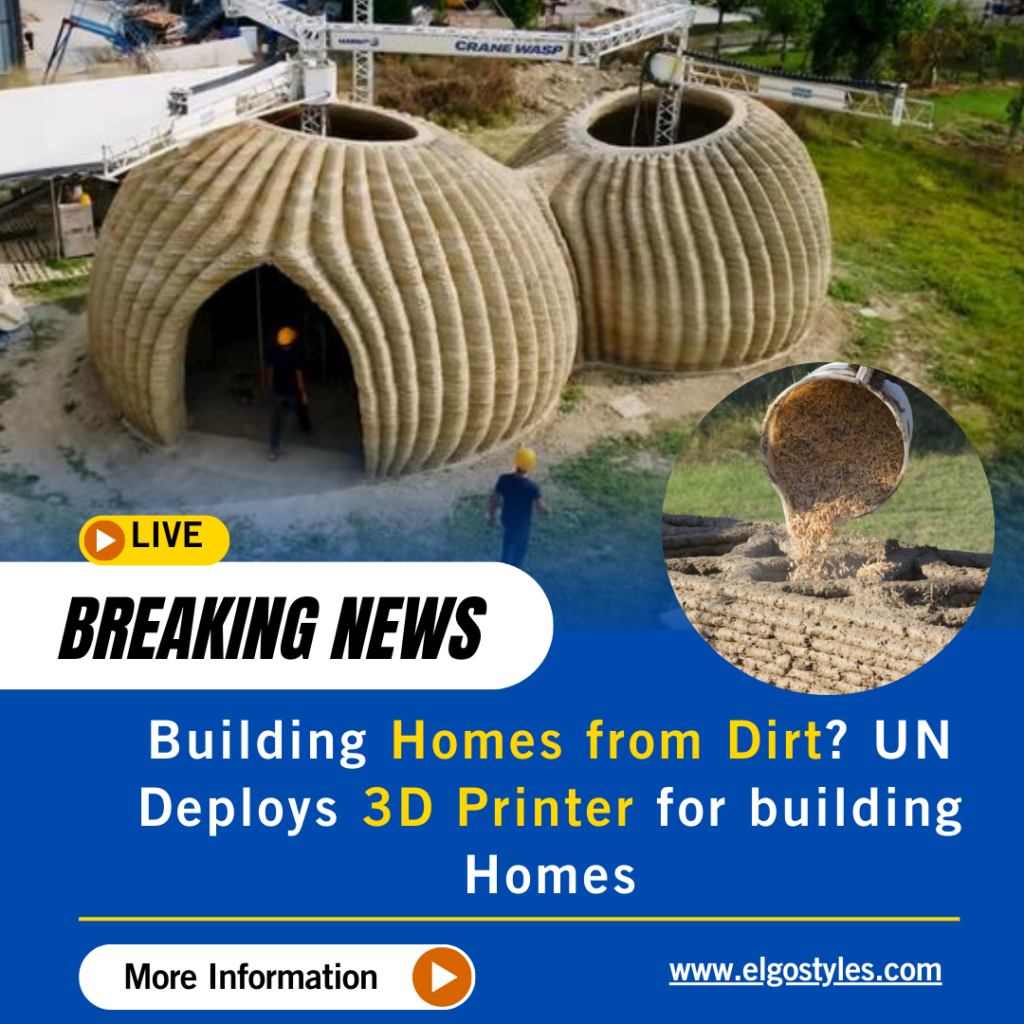UNDP Deploys Innovative 3D Printing Technology to Address Housing Crisis in Colombia
In a groundbreaking effort to combat Colombia’s severe housing deficit, the United Nations Development Program (UNDP) has acquired a revolutionary 3D printer from WASP (World’s Advanced Saving Project) to construct homes using locally sourced materials. This initiative marks a significant milestone in sustainable building practices, aiming to provide affordable housing solutions in some of the country’s most challenging terrains.
Crane WASP: A Technological Marvel in Construction
The Crane WASP, a large-format 3D printer, is designed to use natural resources like dirt and agricultural waste, eliminating the reliance on traditional materials such as concrete. This adaptability makes the equipment particularly suitable for Colombia’s diverse landscape, including forests, deserts, and mountainous regions, where conventional construction methods are often impractical or cost-prohibitive.
Inspired by the potter wasp, which constructs its nests from natural materials, the Crane WASP was developed to reimagine traditional construction cranes using digital manufacturing techniques. Since its inception in 2012, the goal has been to create a 3D printing technology capable of building structures from materials found in the immediate environment, thus minimizing environmental impact and promoting sustainability.
The printer features a modular design, allowing it to adapt to different project needs. A single module of the Crane WASP has a print area of 8.2 meters in diameter by 3 meters in height, but it can be expanded by adding more modules, creating a limitless digital manufacturing system. This flexibility allows for the construction of both large and small structures, accommodating a wide range of architectural designs.

The United Nations Development Program (UNDP) is tackling Colombia’s severe housing crisis by deploying the Crane WASP, an innovative 3D printer that constructs homes using locally sourced materials like dirt and agricultural waste. Inspired by the potter wasp, this large-format printer offers a sustainable alternative to traditional construction by eliminating the need for concrete. With Colombia facing a housing deficit affecting 3.7 million households, this technology is a key component of the National Development Plan 2023-2026. The printer’s modular and mobile design enables it to operate in remote areas, aligning with the UNDP’s mission to promote sustainable and equitable development.
Meeting Colombia’s Housing Needs
Colombia is currently facing a significant housing crisis, with 3.7 million households—over a quarter of the nation’s total—experiencing a housing deficit. Additionally, two-thirds of these households require structural improvements, further exacerbating the issue. The Colombian government has responded to this crisis through the National Development Plan 2023-2026, which seeks to improve housing access for lower-income households.
The UNDP’s deployment of the Crane WASP 3D printer is a crucial component of this strategy. The printer’s mobility and low energy consumption make it ideal for remote areas, where access to building materials and infrastructure is limited. By using local materials, the UNDP aims to reduce costs and environmental impact, while also empowering communities to build their own homes.
A Vision for Sustainable Development
WASP’s mission to develop technologies that deliver meaningful benefits to humanity aligns perfectly with the UNDP’s goals in Colombia. The company hopes that the widespread adoption of 3D printing technology will help overcome geographic and economic barriers, enabling more sustainable and equitable construction practices.
The UNDP’s use of the Crane WASP in Colombia is part of a broader trend in which construction 3D printing is being leveraged to address housing deficits around the world. Other countries, including Australia, have also turned to 3D printing to build social housing, demonstrating the global potential of this technology.
As construction 3D printing continues to evolve, the UNDP may consider expanding its use of this technology to other regions facing similar challenges. The success of this initiative in Colombia could pave the way for a new era in sustainable construction, where locally sourced materials and advanced technology come together to address some of the world’s most pressing issues.
The UNDP’s innovative approach to housing in Colombia not only addresses an urgent need but also sets a precedent for future projects worldwide. By embracing 3D printing technology, the organization is helping to build a more sustainable and equitable future for communities across the globe.
 Electrical Engineering World Wiring a Brighter Tomorrow!
Electrical Engineering World Wiring a Brighter Tomorrow!



